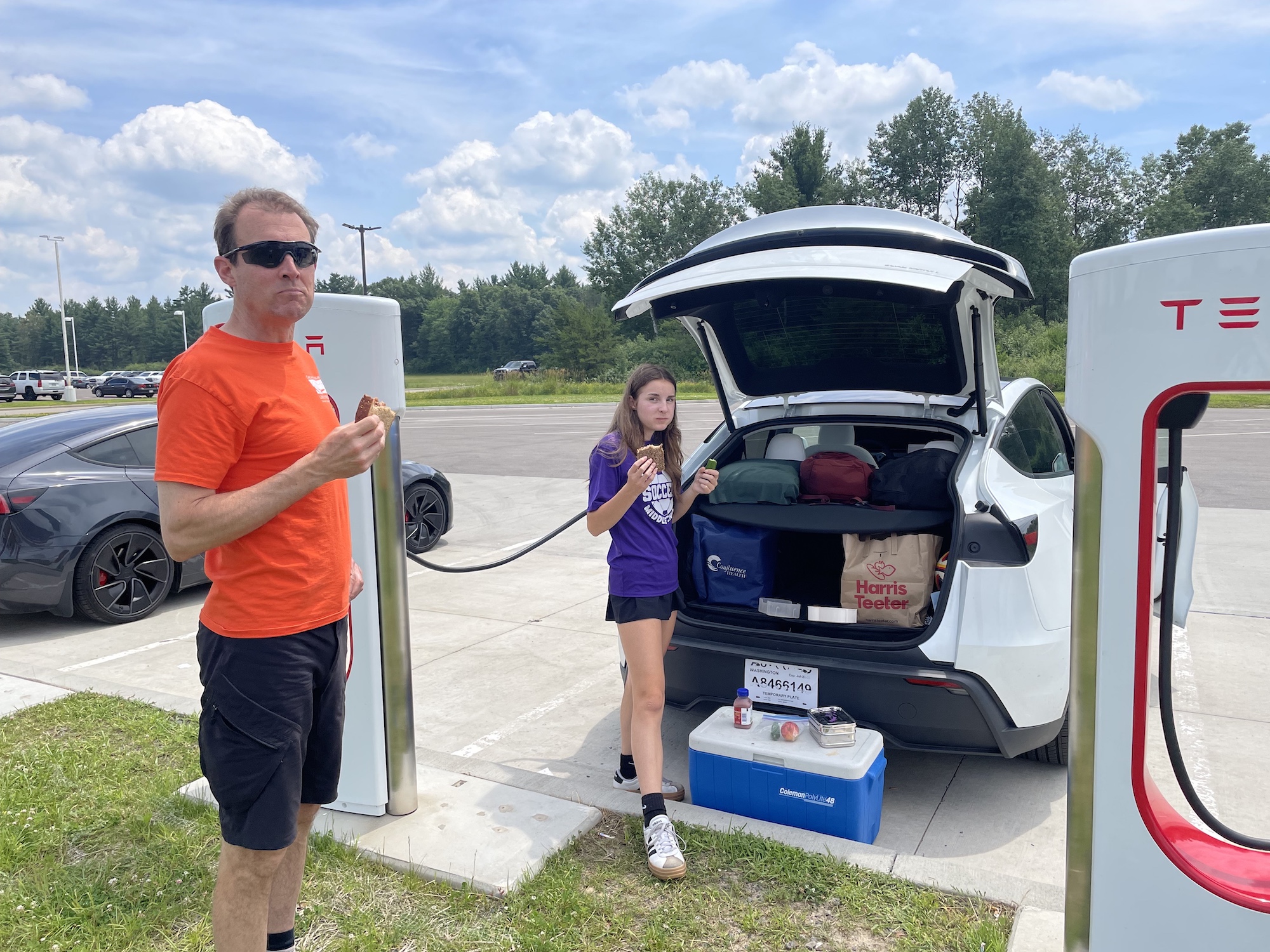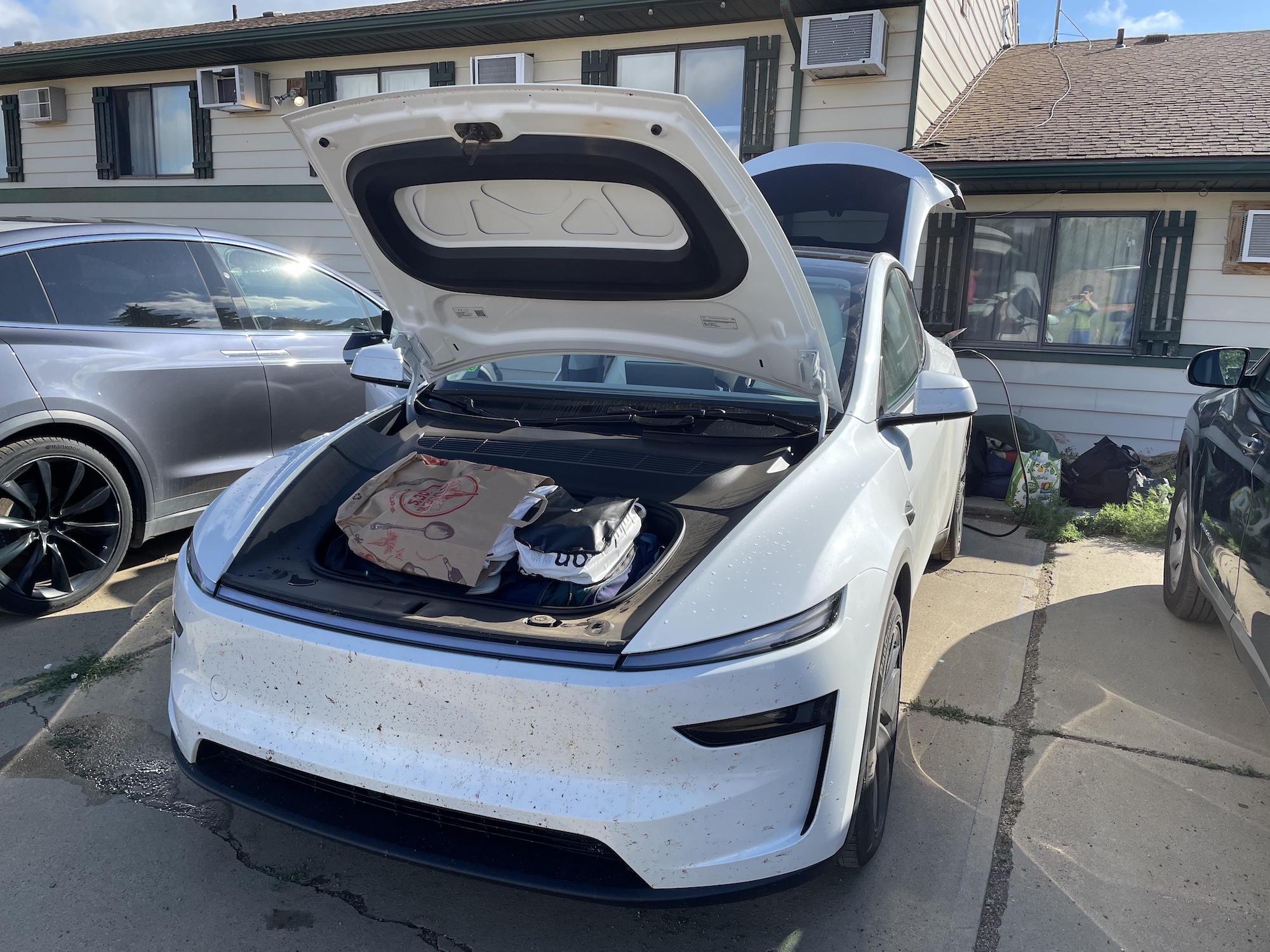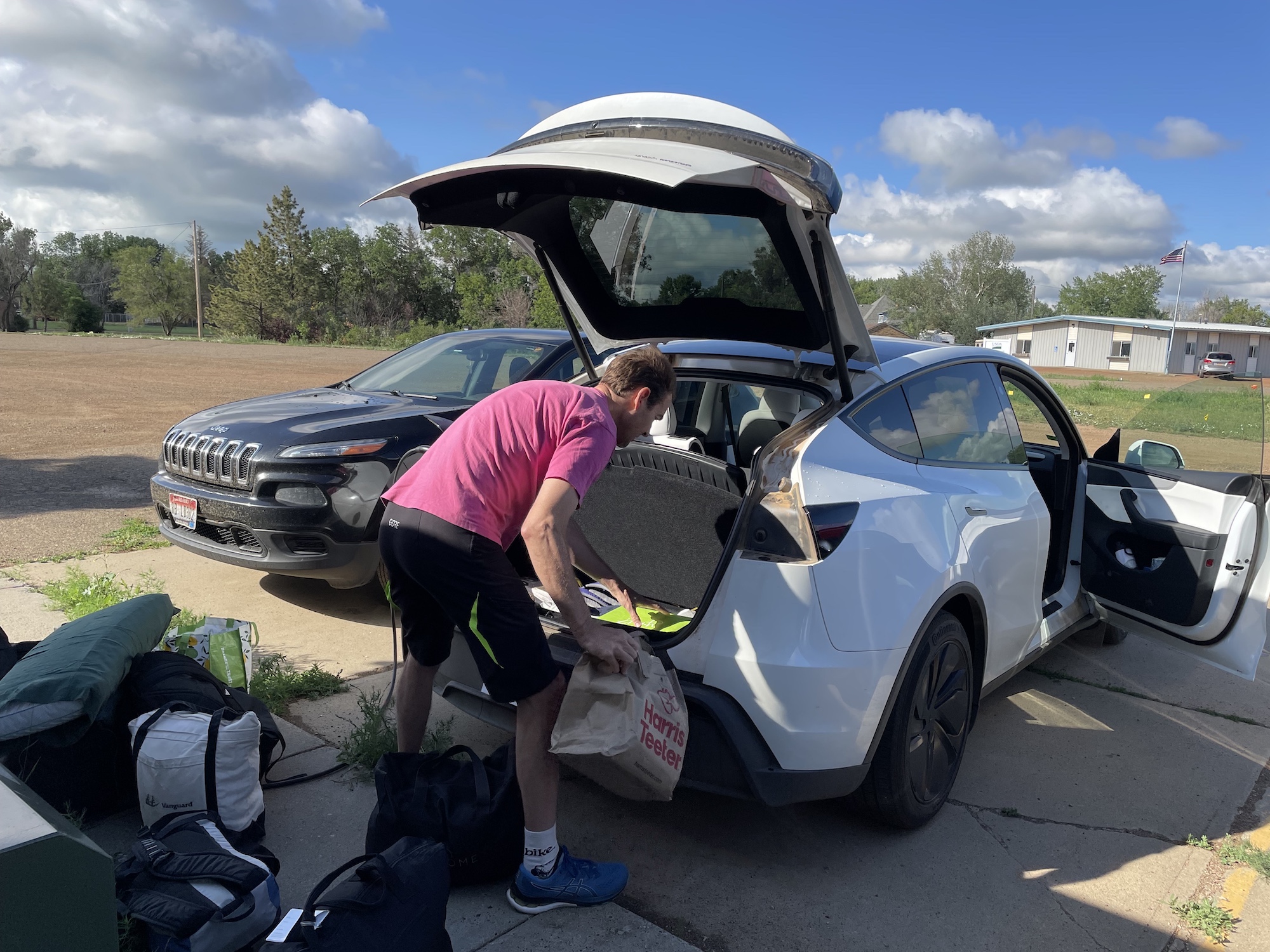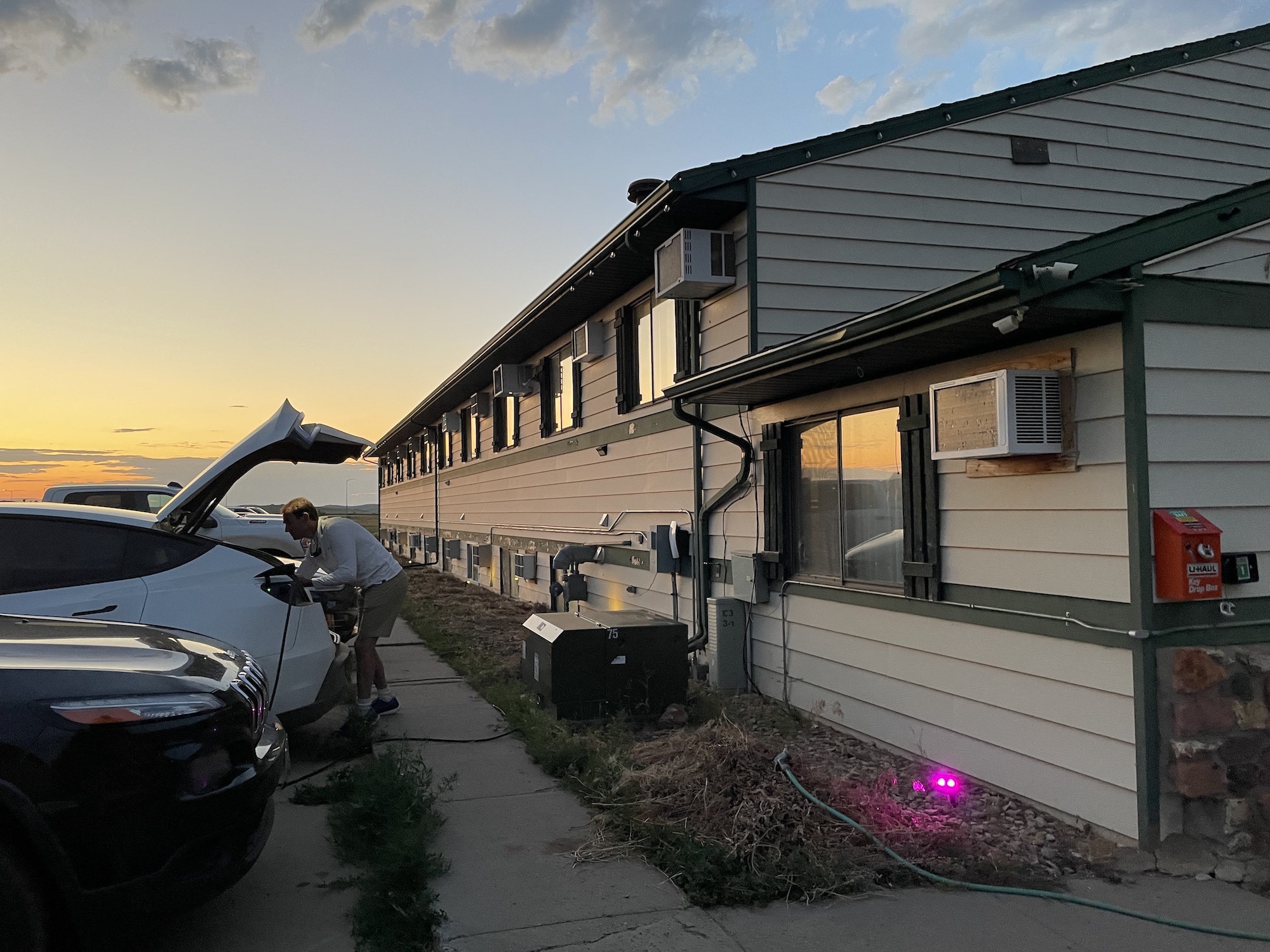Support CleanTechnica’s work through a Substack subscription or on Stripe.
By David Morgan, Plug-In NCW Newsletter
In 2018, we got our first new EV, a Chevy Bolt. We took several family trips to places like Yellowstone, Grand Canyon, Crater Lake, LA, Denver. Seven years later, we still have that car and we love it. One drawback, though, is the fast charging is very slow. Most EVs are bigger and better for long road trips.
In 2022, we drove a Tesla Model Y 8300 miles round trip to the Canadian Maritimes. Other than having a few rentals, we were new to Tesla. That trip blew us away with the simplicity, superior performance, and fuel savings. Here’s a link to that long trip.
This week we returned from a trip to several national parks and family visits as far east as Washington, DC. We noticed improvements to the EV charging landscape.
Not only are there many more places to charge compared to three years ago, but the charging speeds supported by the fast chargers are better than ever. We retraced a portion of our 2022 trip across portions of Montana, Wyoming, and the Dakotas. Interstate 90 was the first coast-to-coast EV-friendly corridor, completed in 2013. While there are still a few of those original Tesla chargers, which have a limited number of stalls and lower power compared to newer locations, we found so many newer charging locations with more and faster stalls that we rarely used the older ones.
In Sheridan, WY, we were almost feeling nostalgic at the 4-stall Supercharger where we waited a few minutes for a free plug and then split the power with the car charging next to us. That only happened once. Everyplace else, even with lots of other EVs using the Tesla Superchargers, things are faster than before.
As far as overnight charging, that’s also better. It was usually easy to find inexpensive motels near the places we wanted to visit with destination chargers on the premises or nearby, many of which cost nothing. On the other hand, with so many more fast chargers now in operation, some of which are also at or across the street from a hotel, you could also imagine not really caring about plugging in overnight during road trips.
Not including the overnight charging, the average length of our charging stops was 17 minutes. This average was skewed by a small number of stops where we ate a meal or shopped and lingered longer than required. Generally, we tried to see if we could clean the windshield, use the restroom, and eat some snacks before the car indicated “you have enough charge to continue your trip.” The car was almost always ready to move on before we were. Similarly, we tried as much as possible not to stop except when the car said we needed to charge, but often we could not wait that long for the next restroom. 500-, 600-, and 700-mile days were even easy peasier than just 3 years ago.
Although gas is cheaper now than three years ago, going by the national average for gasoline price and consumption ($3.16 and 27 mpg), the hypothetical ICE vehicle would’ve cost $727 for fuel, whereas we paid $499. Not that we could have fit the four of us plus all our stuff in that ICE car, nor would it have carried us along in the smoother, quieter, peppier EV experience we’ve come to expect, etc.
Sign up for CleanTechnica’s Weekly Substack for Zach and Scott’s in-depth analyses and high level summaries, sign up for our daily newsletter, and follow us on Google News!
Have a tip for CleanTechnica? Want to advertise? Want to suggest a guest for our CleanTech Talk podcast? Contact us here.
Sign up for our daily newsletter for 15 new cleantech stories a day. Or sign up for our weekly one on top stories of the week if daily is too frequent.
CleanTechnica uses affiliate links. See our policy here.
CleanTechnica’s Comment Policy








